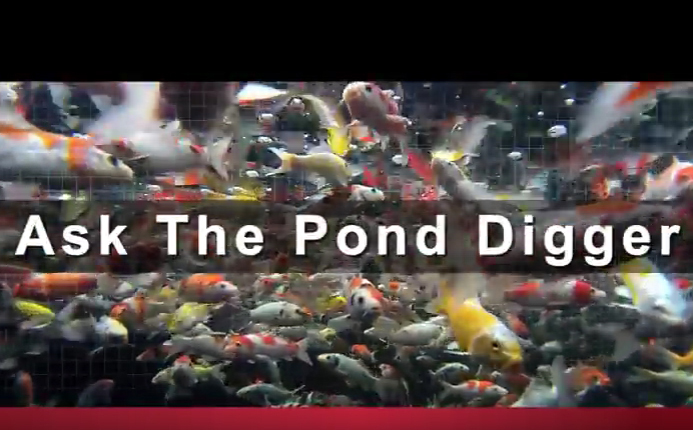Pond-Leak Detectives

Where I work in southern California, we’re accustomed to seeing changes in water level in our ponds: The air is dry and the winds blow briskly, so evaporation is invariably a factor. Before long, it becomes a familiar pattern, and we know that the pond owner or the auto-fill system will be replacing an inch or so of water every week.
But sometimes it becomes apparent that a pond is losing far more than that familiar inch: This is when the owner will call us over to check things out and play leak detectives.
Happily, this isn’t a regular line of activity for us at Pond Digger Waterscape Design & Construction (Yucaipa, Calif.). But when the calls come, we’re ready to apply a set of step-by-step procedures to root out the problems and, as this installment in the “Ask the Pond Digger” series demonstrates, get to the source of the leak and fix it.
In discussing what we do to detect leaks, I know from experience that there’s a temptation to see solutions where you expect to find them – and that’s usually in the first place your examination of the pond reveals any problem at all. In some cases, that diagnosis will be correct, and, say, resetting and resealing the skimmer faceplate may be all that’s required to return things to normal. With a pond of any age, however, that may be jumping to a confusion that will have the pond owner calling you back within a week to address a different problem.
This is why, in almost all cases, we will go through all of the steps I describe in the video – that is, ensuring the health of the fish, testing the main body of the pond, checking the plumbing and equipment, examining the pond’s edge and, finally, looking at the stream and waterfall – before assuming that any single problem is responsible for the leakage. The way I figure it, I only want to impose on the pond owner (and the fish) just once.
This point needs special emphasis: Job One in a leak-detection survey is making certain the pond’s fish will survive the experience. That’s why we run the process overnight; that’s why we try to get the job done when the weather’s a bit cooler here than it is in July or August; and that’s why we do a quick assessment of oxygen demand and take the necessary steps to keep that crucial factor in a fish-friendly range for the duration of our work in and around the water.
Finding leaks can be difficult, but if you approach the challenge systematically and eliminate possible sources one by one, it’s not so bad. And finding the cause, however long it takes, is good for the fish, good for the plants, good for the pond owners and, ultimately, a source of real satisfaction for the detectives.
To hear a detailed, step-by-step discussion of the leak-detection process, click here.
Eric Triplett is founder and chief executive officer at Pond Digger Waterscape Design & Construction in Yucaipa, Calif. He may be reached at eric@theponddigger.com.










